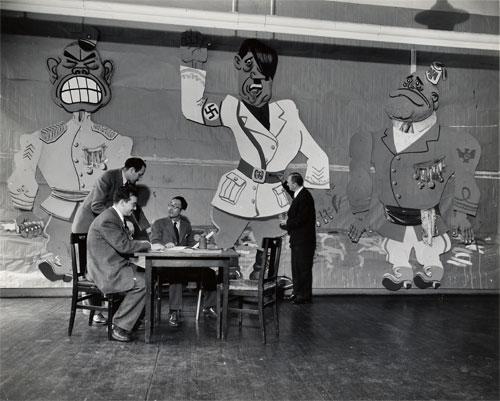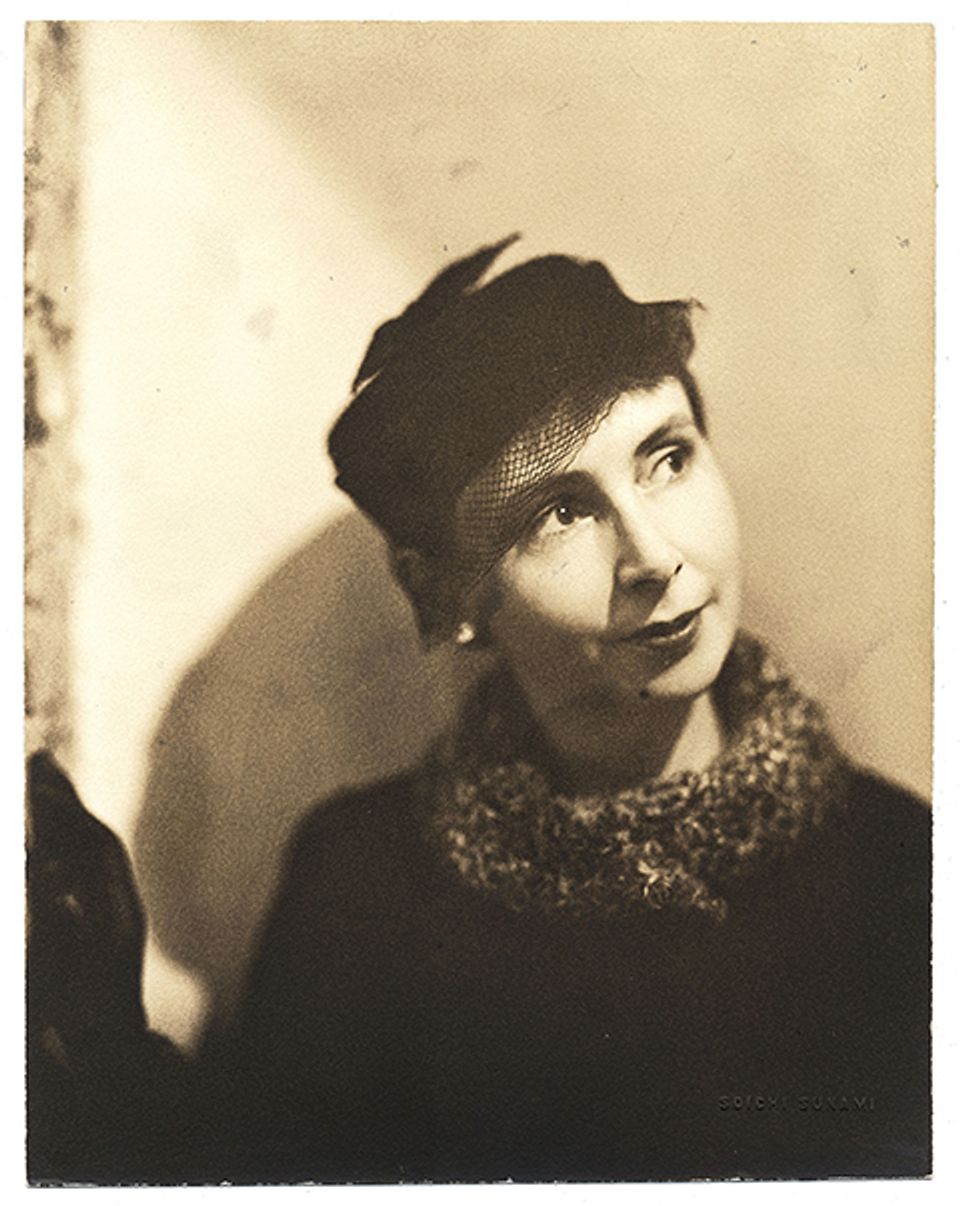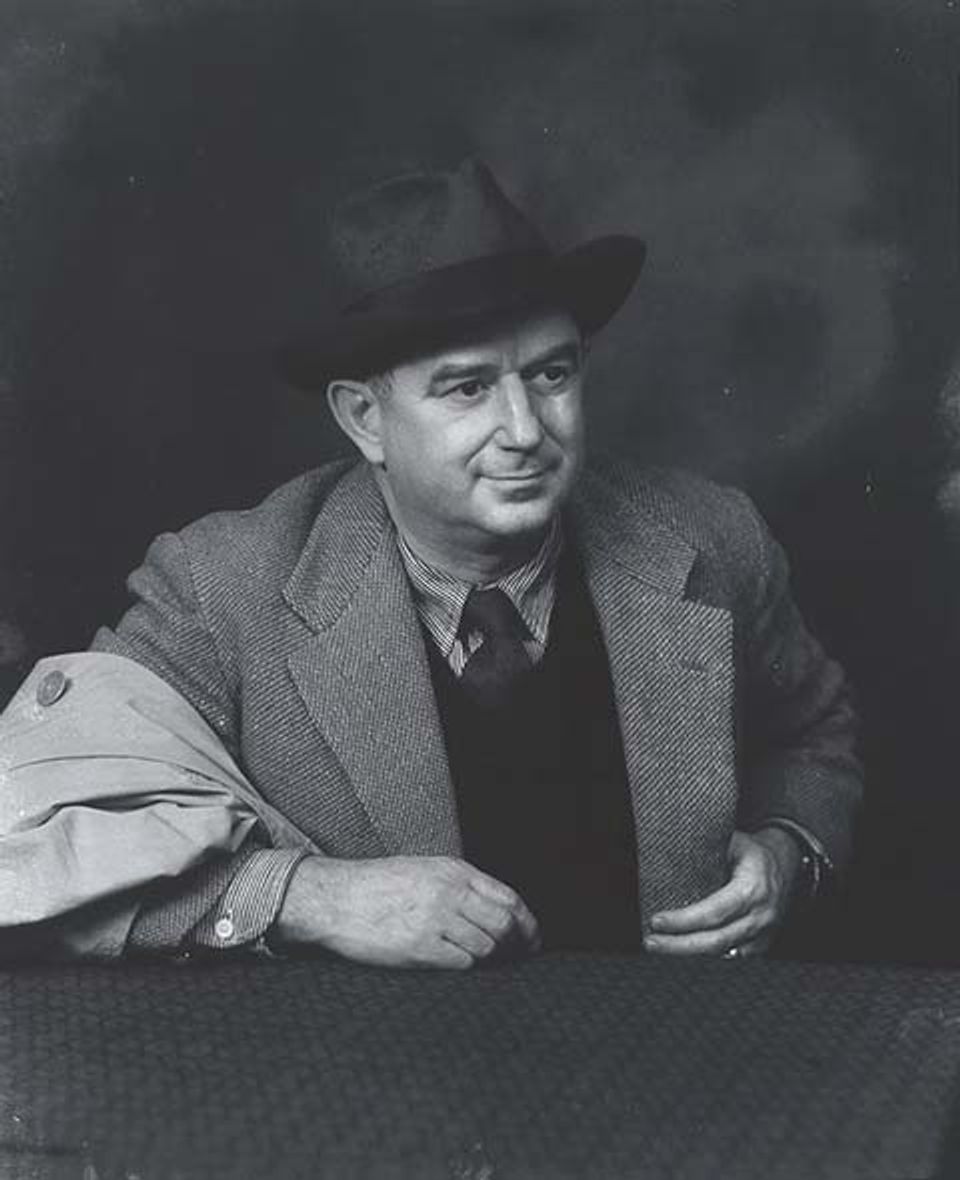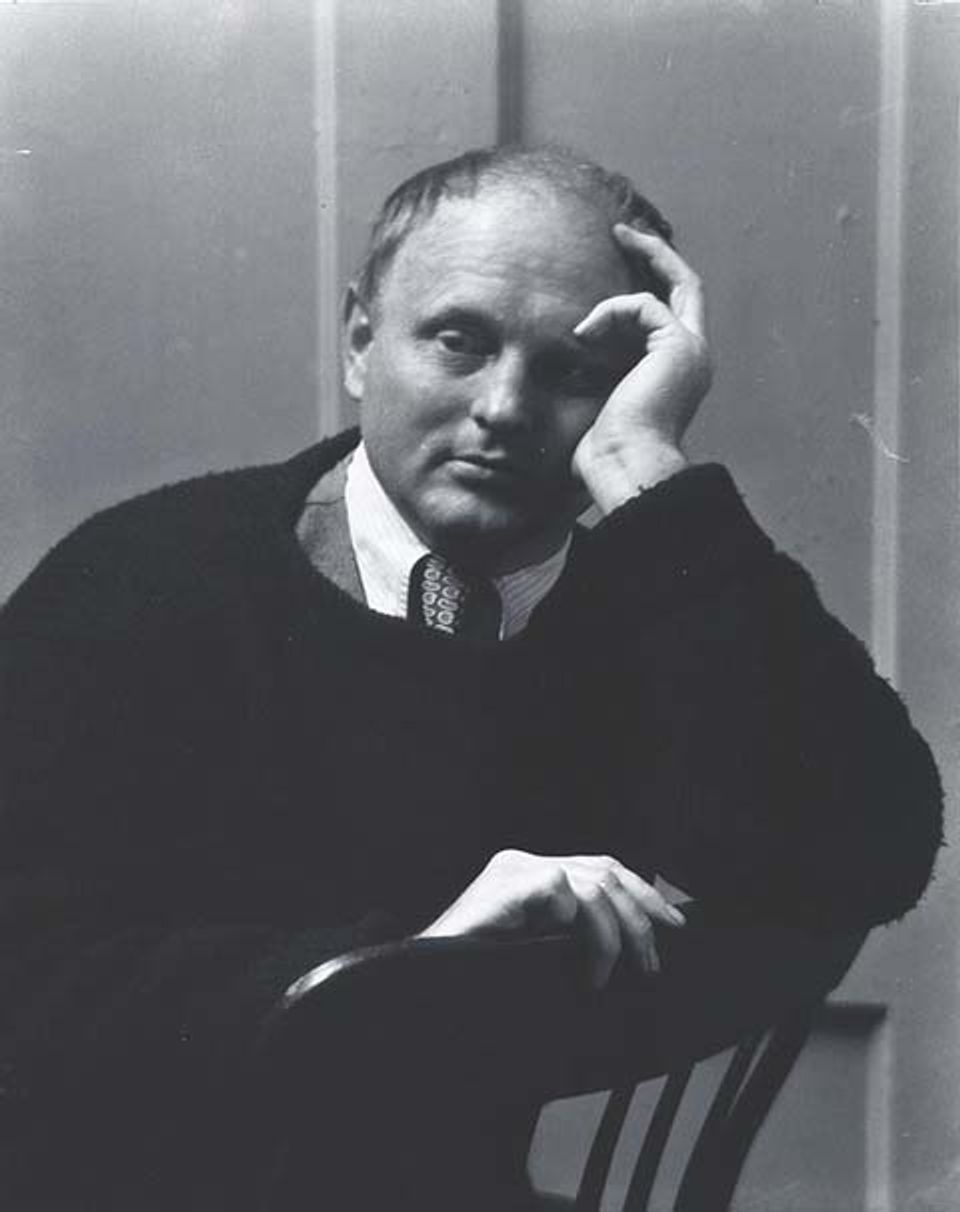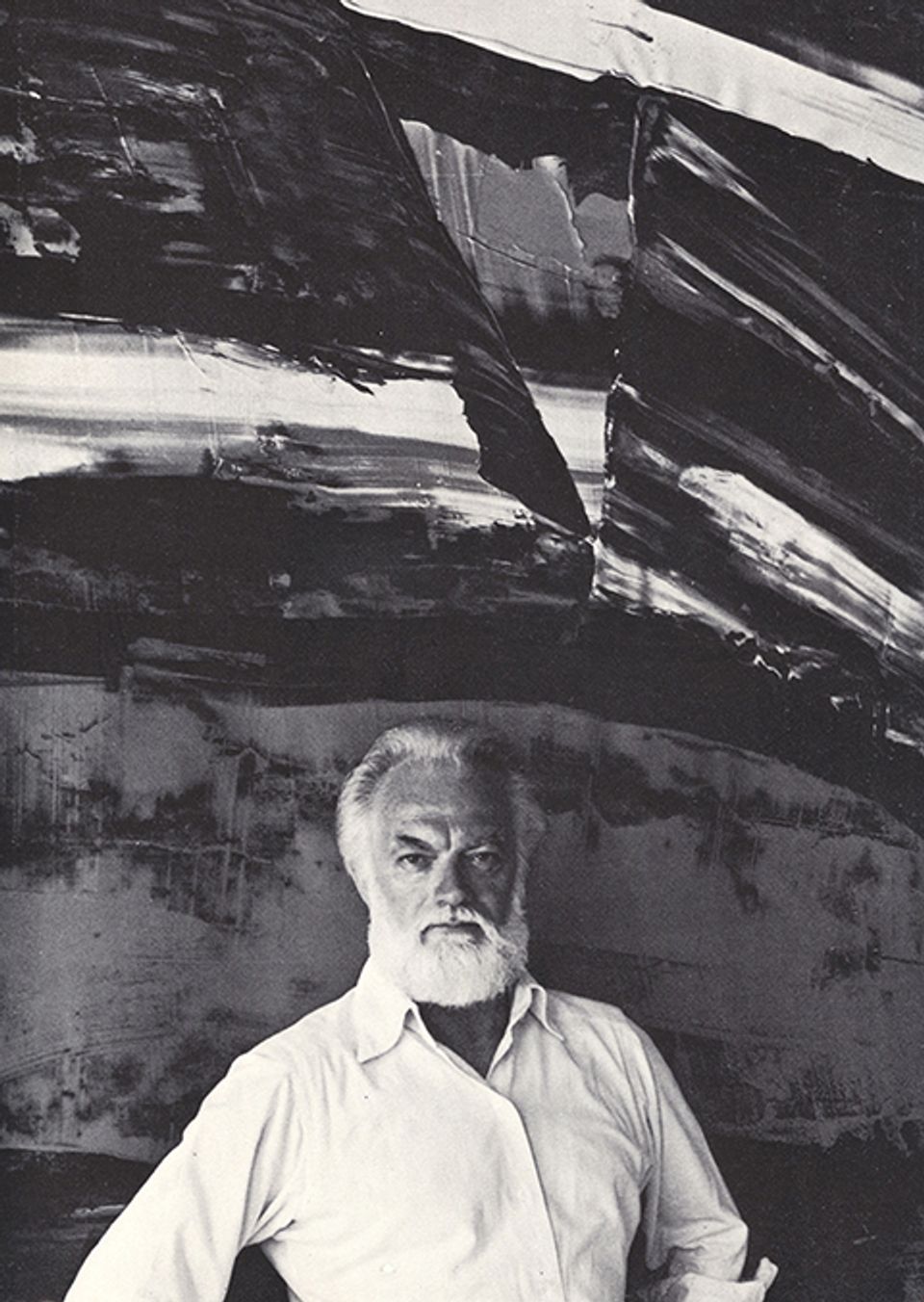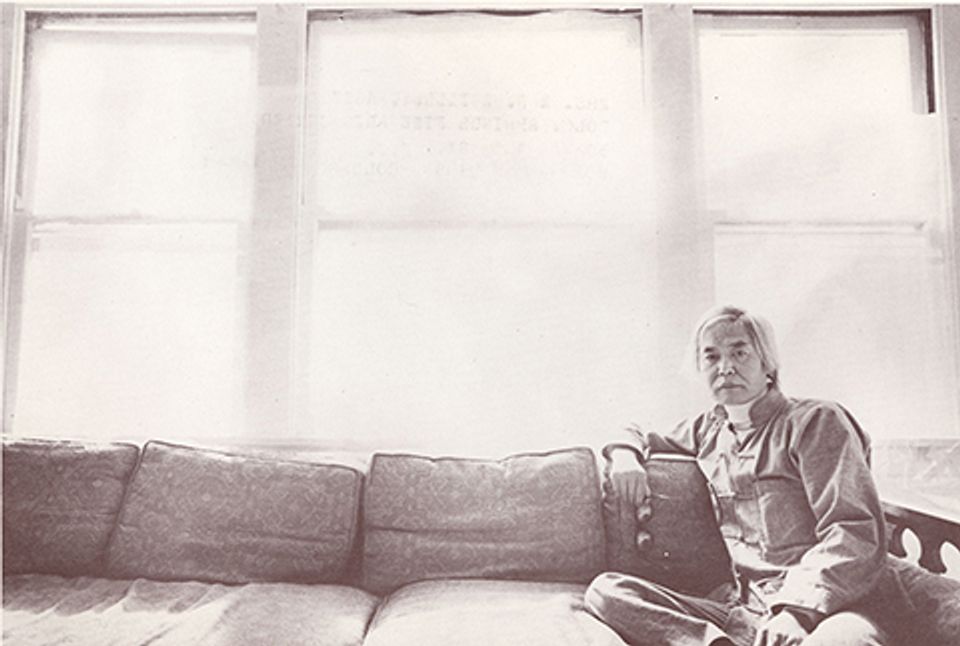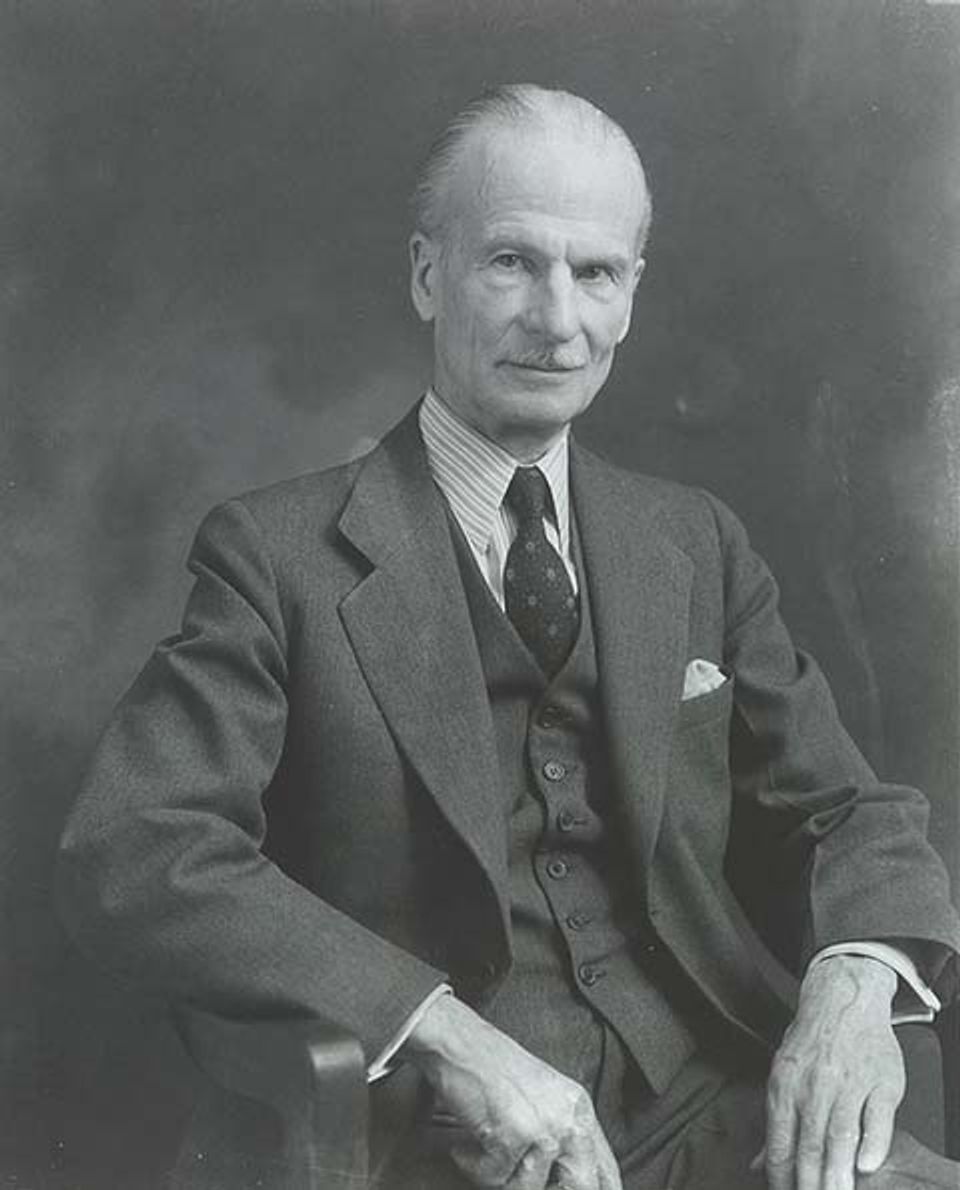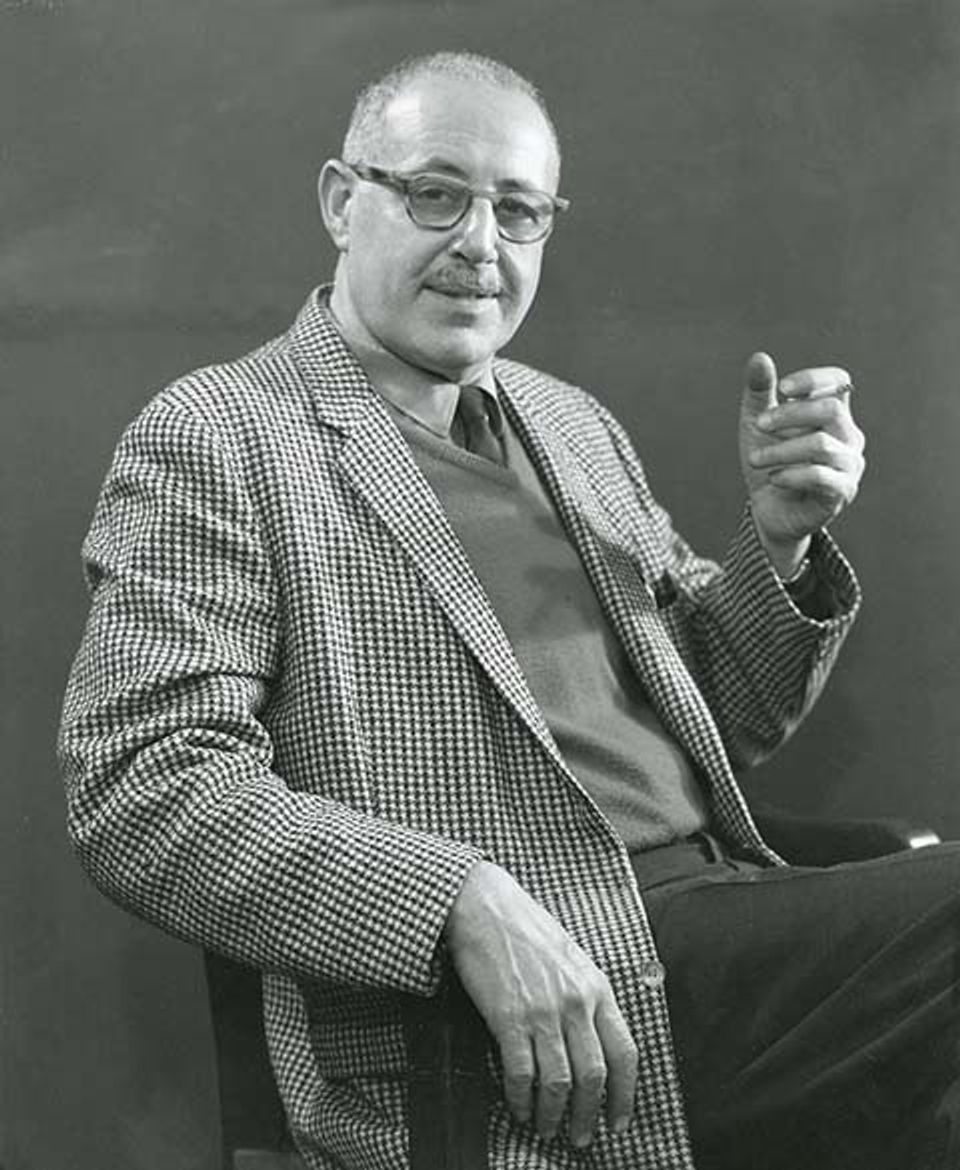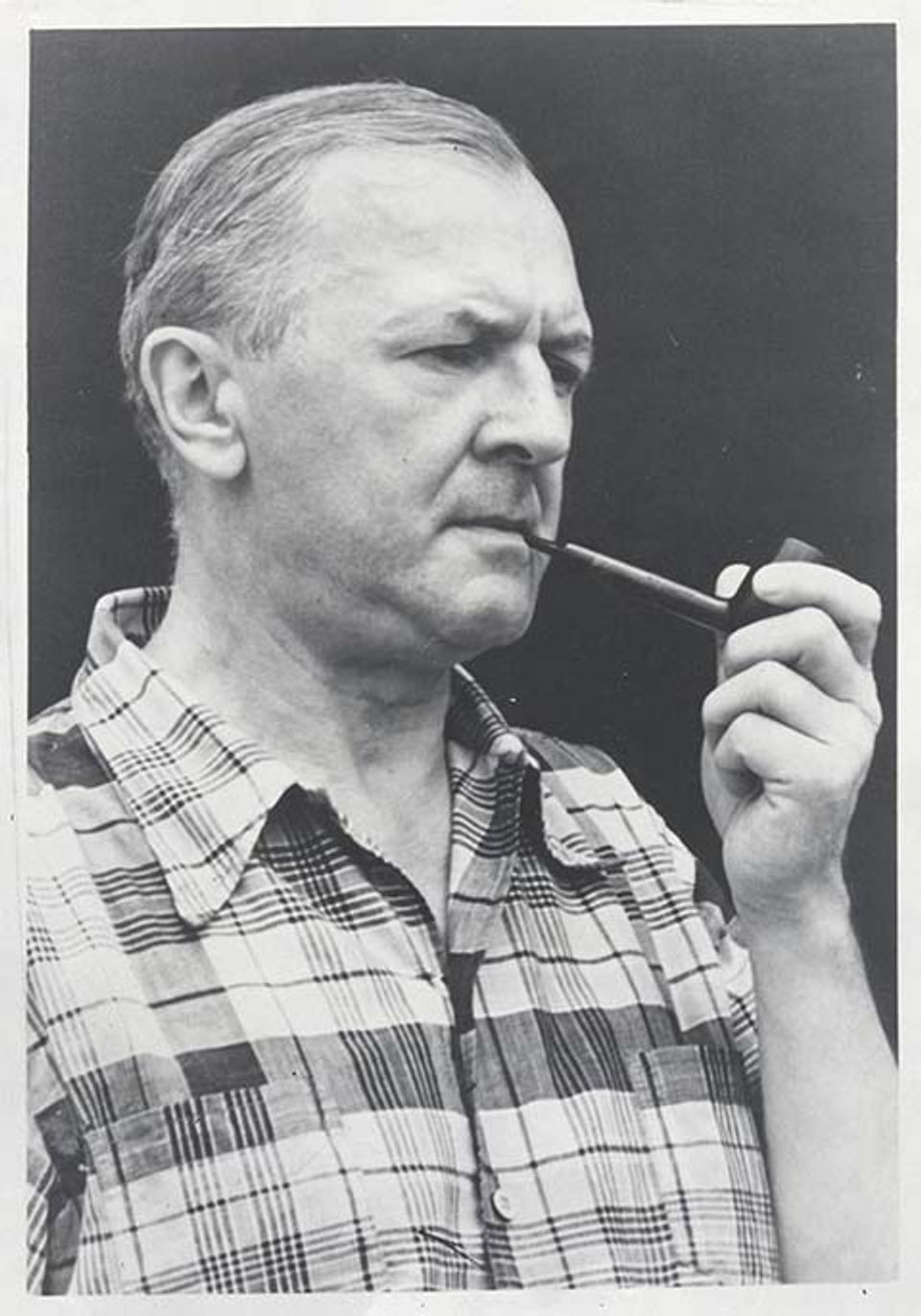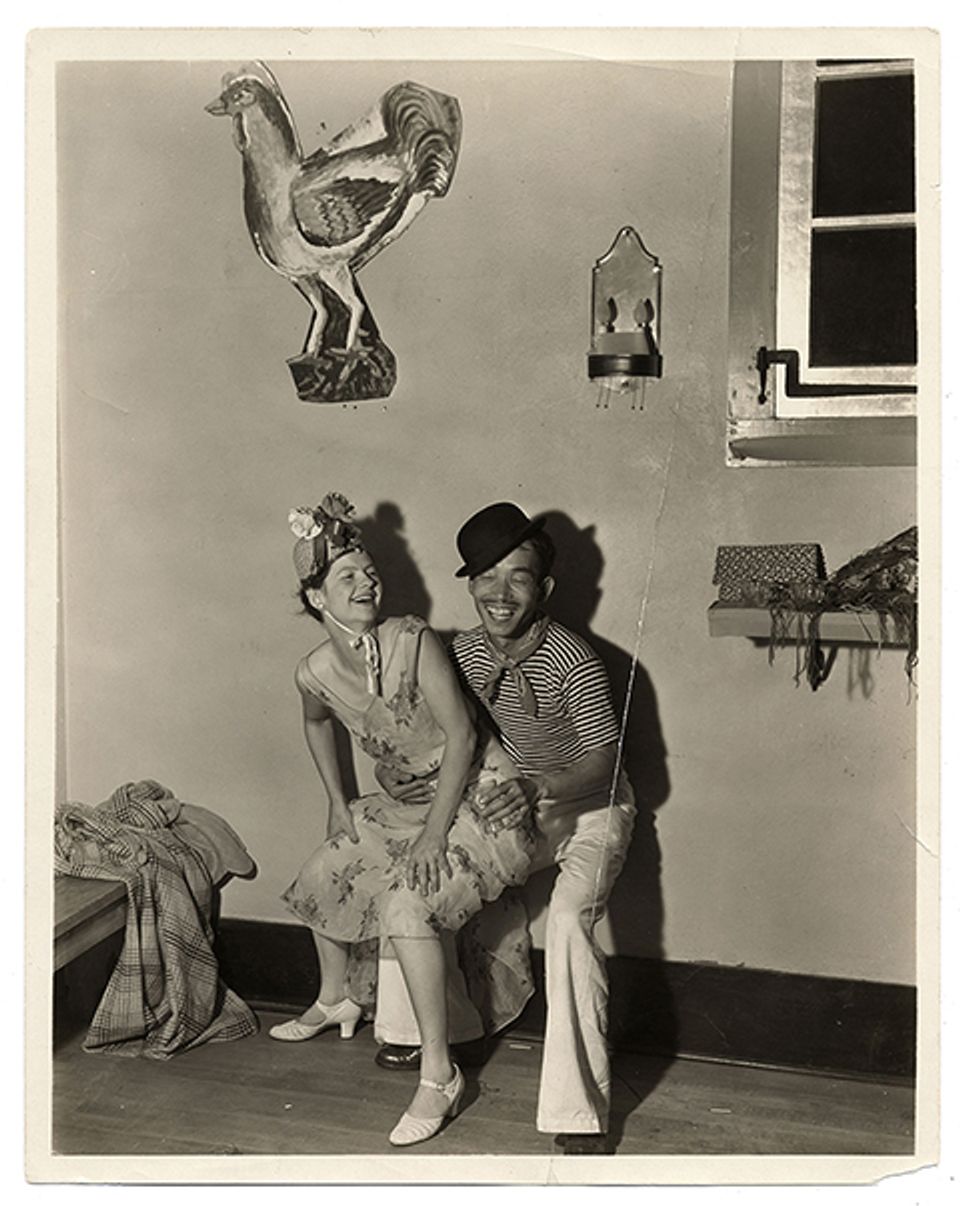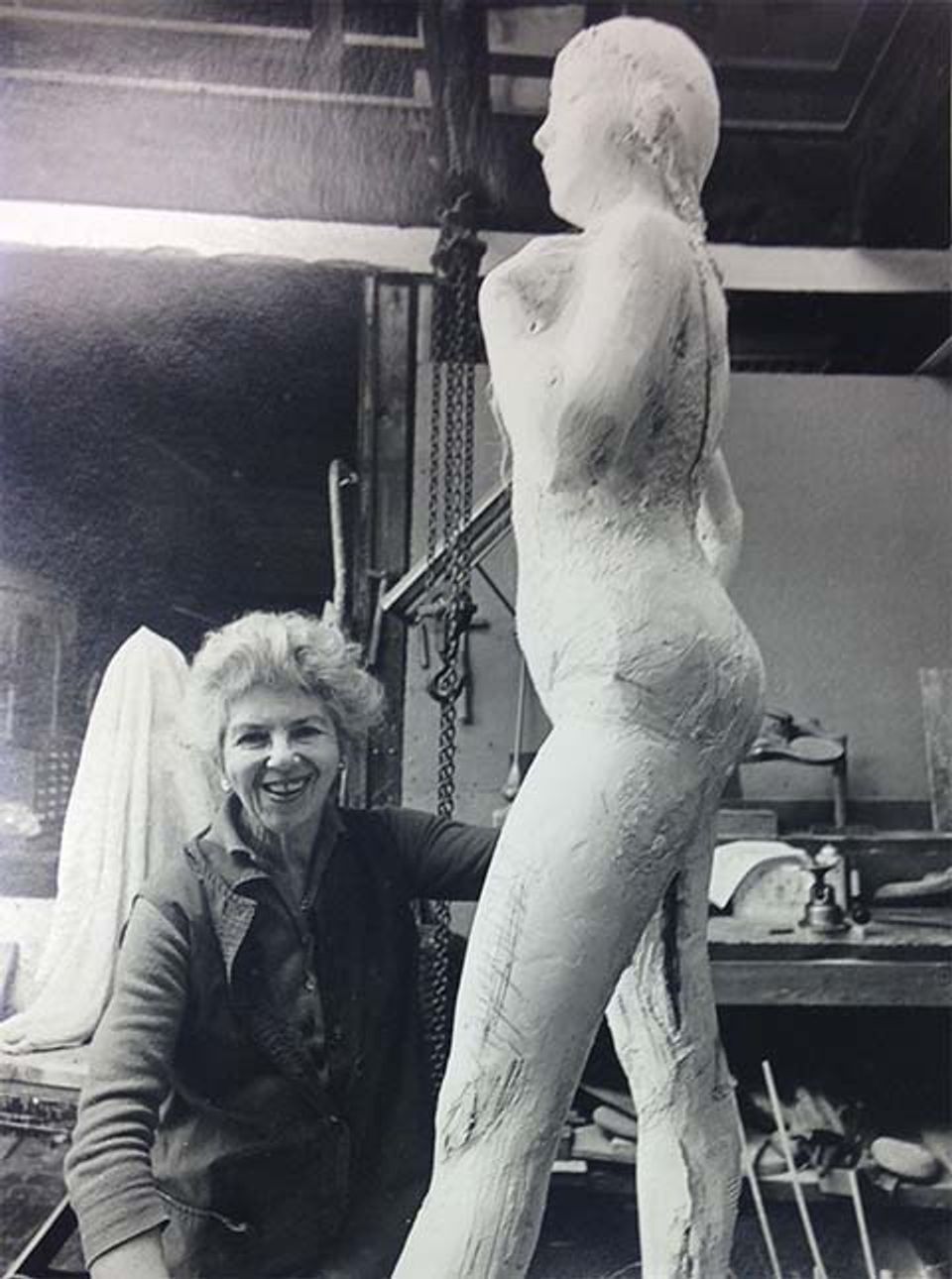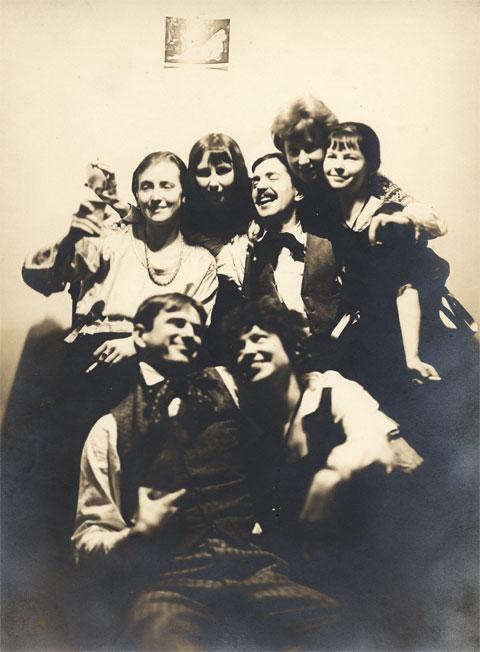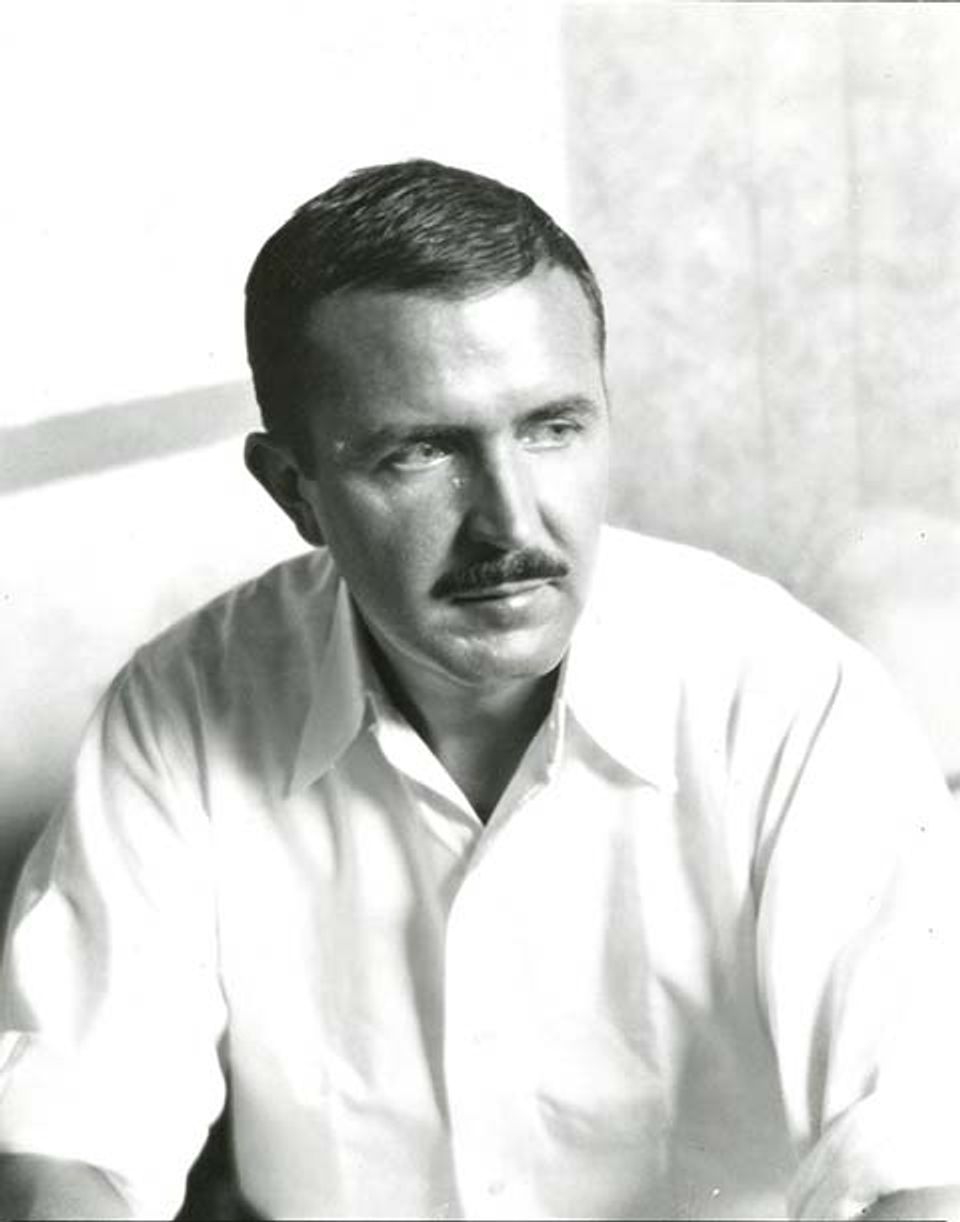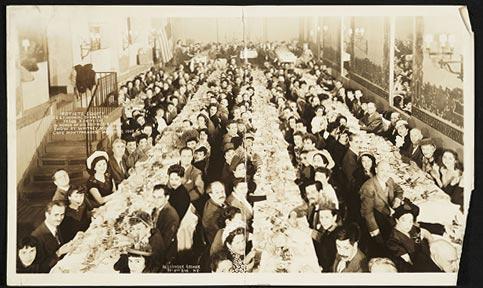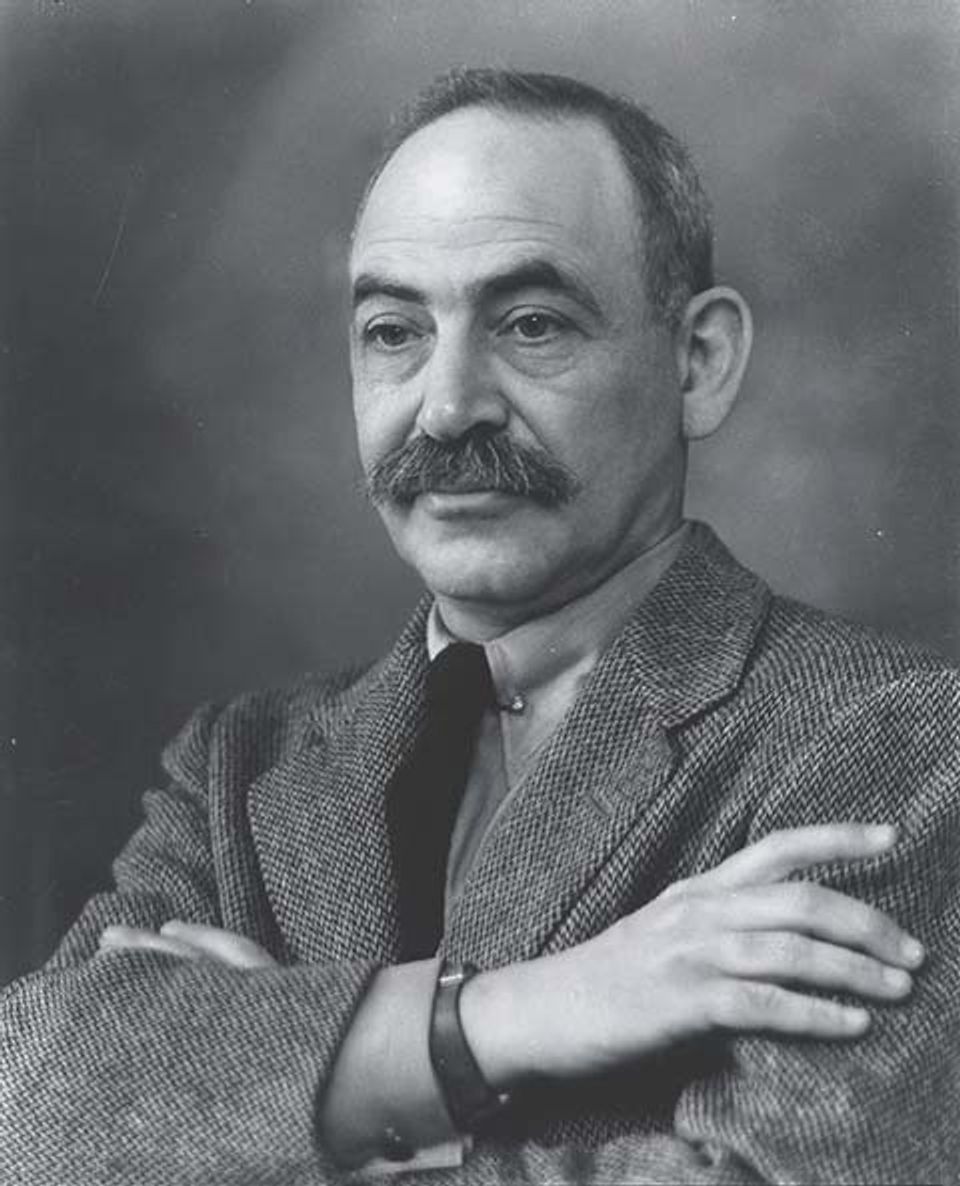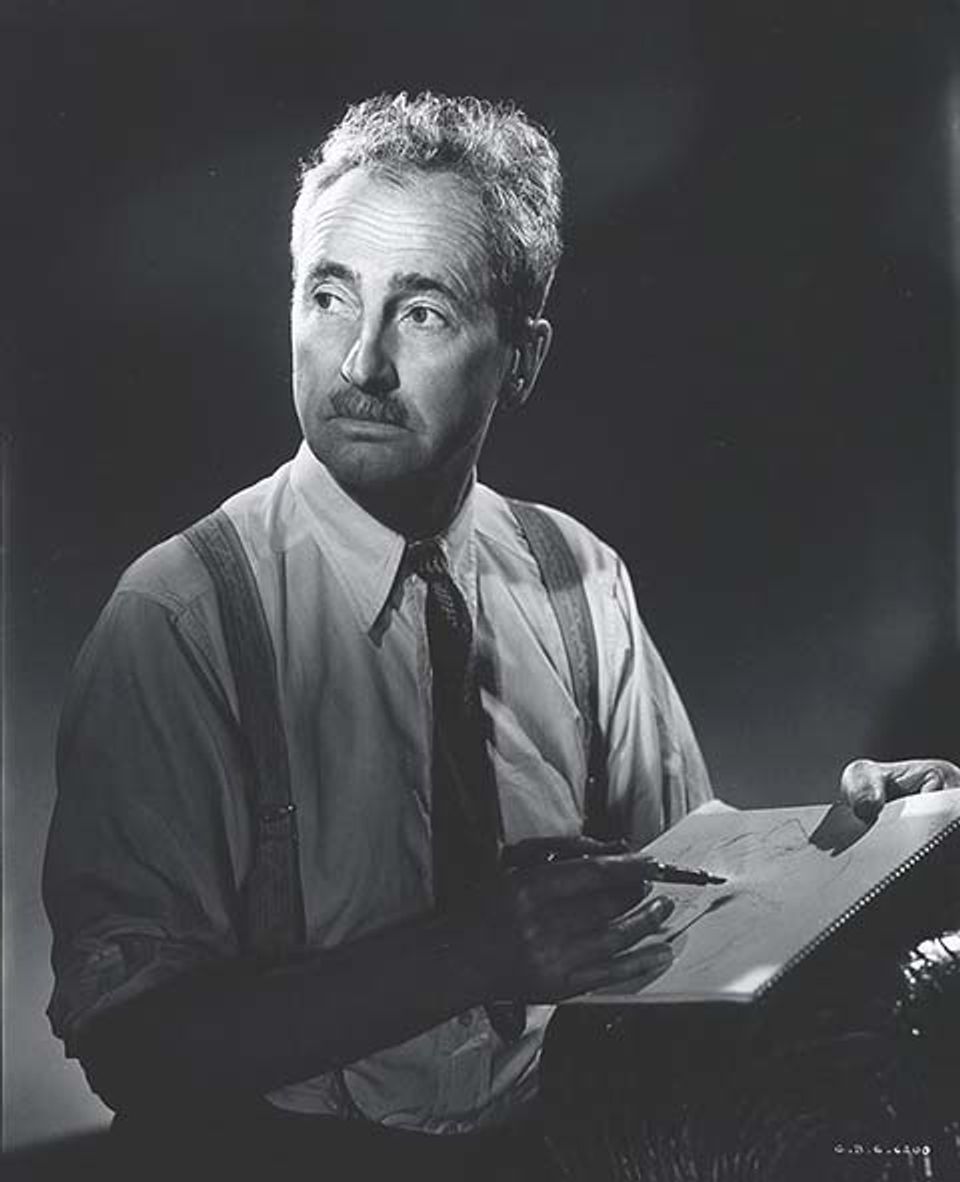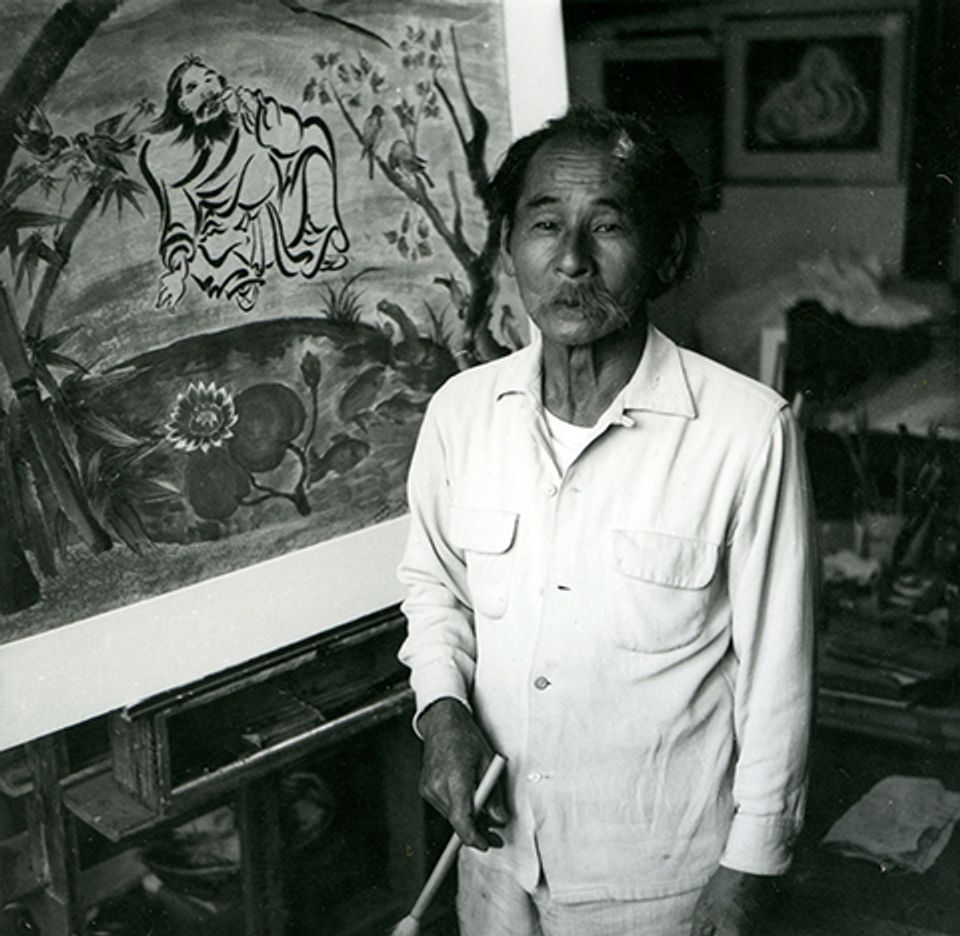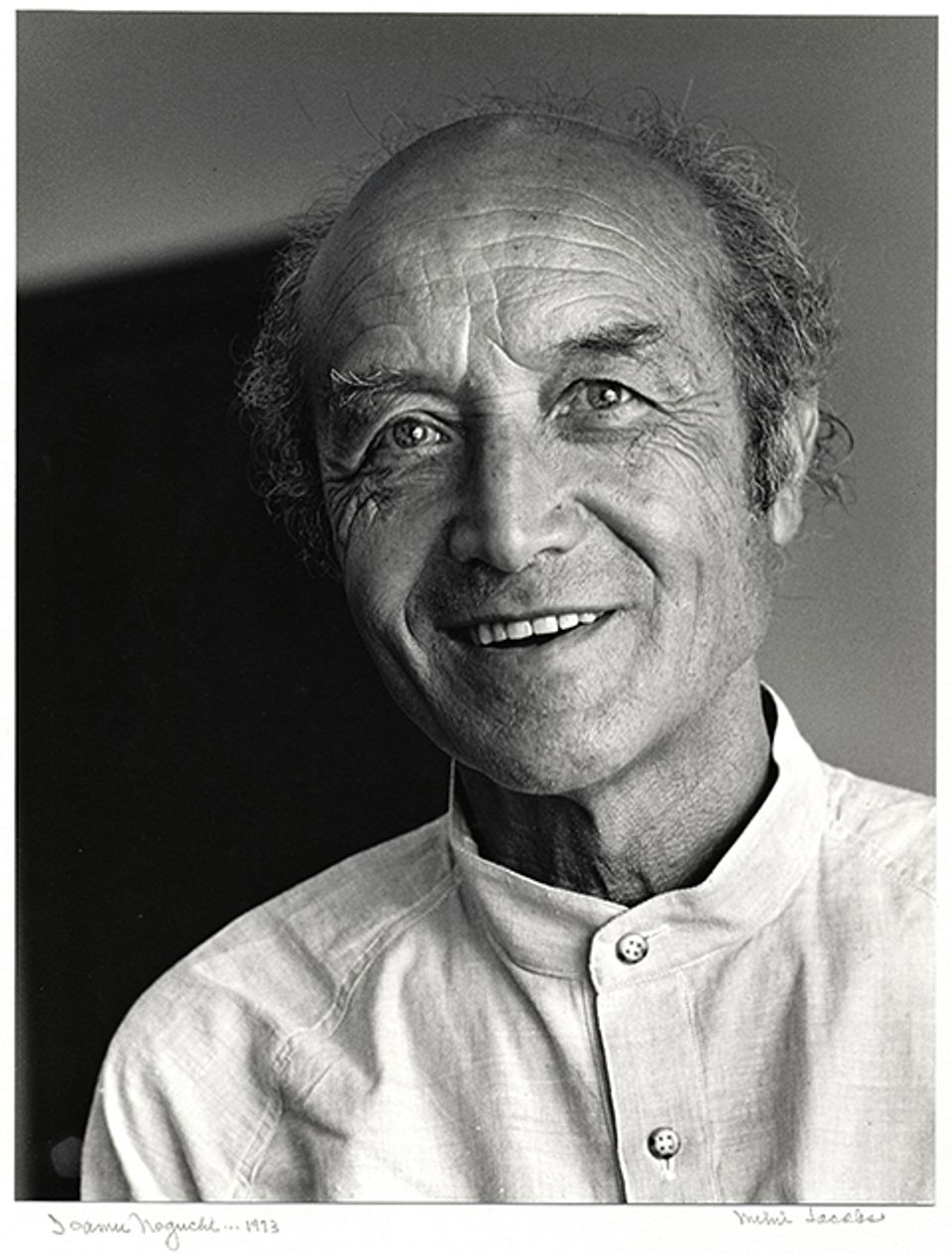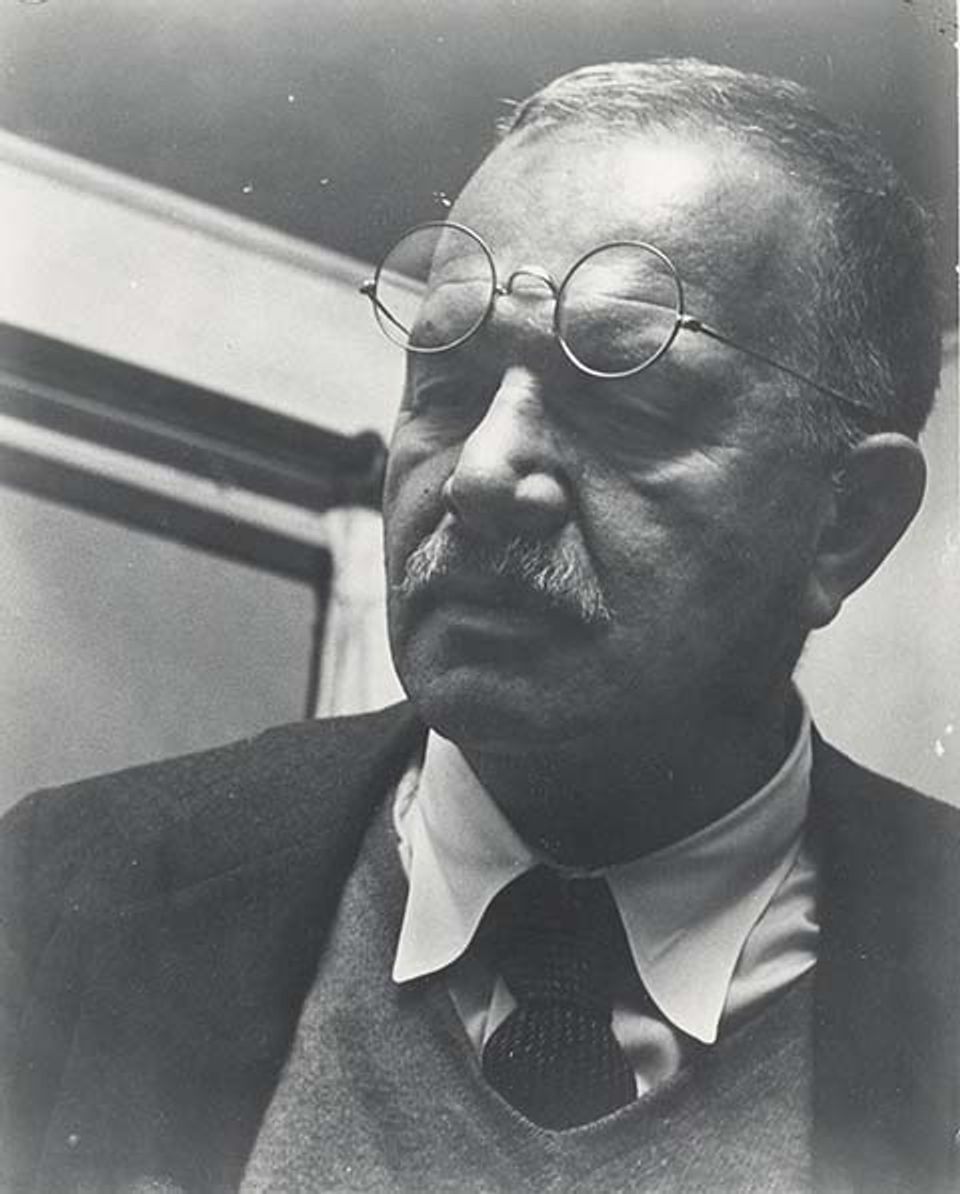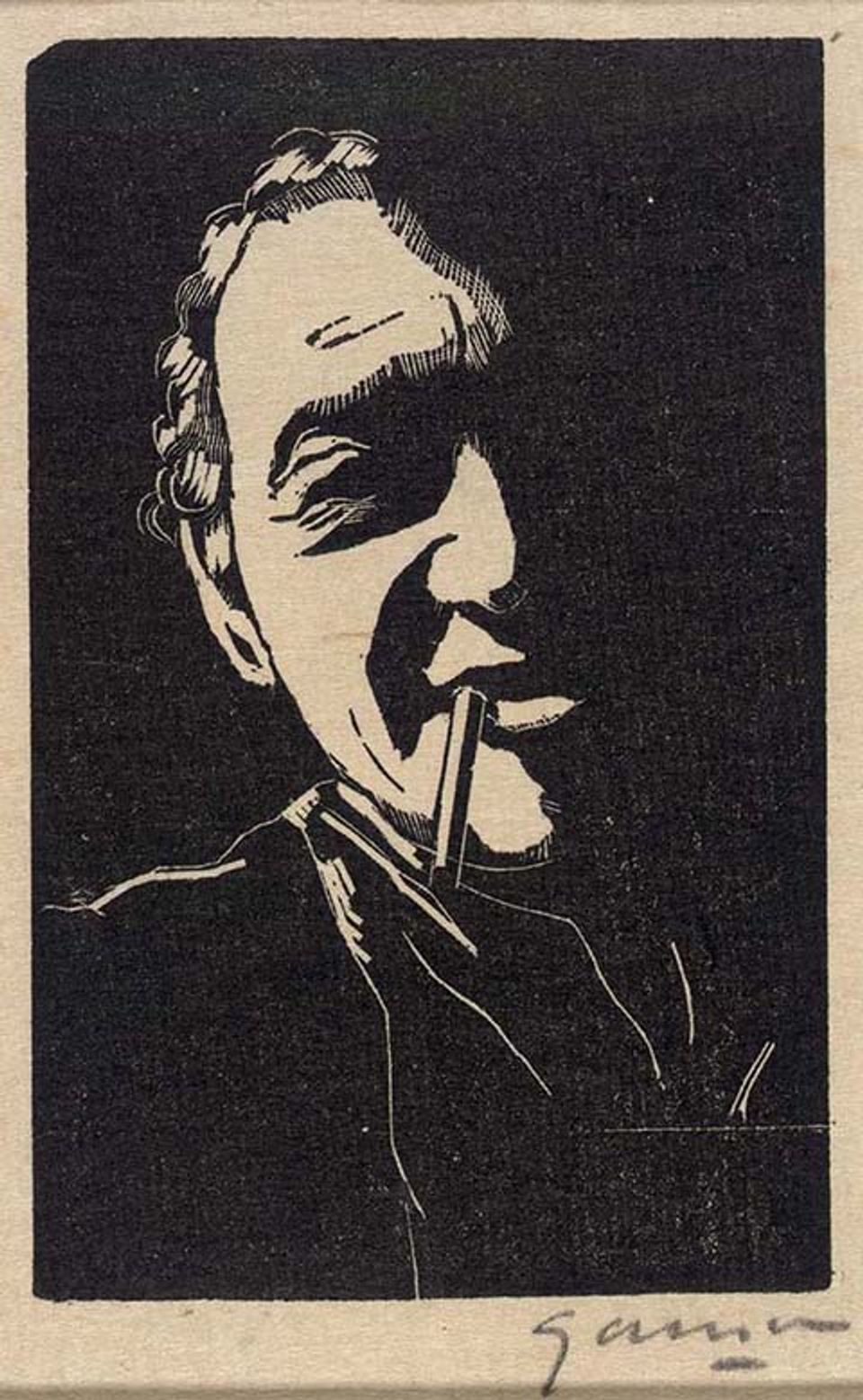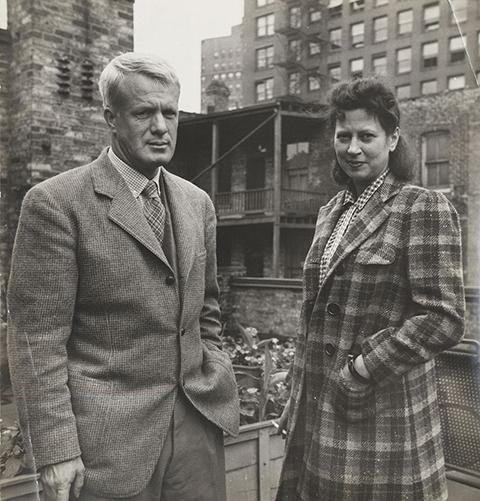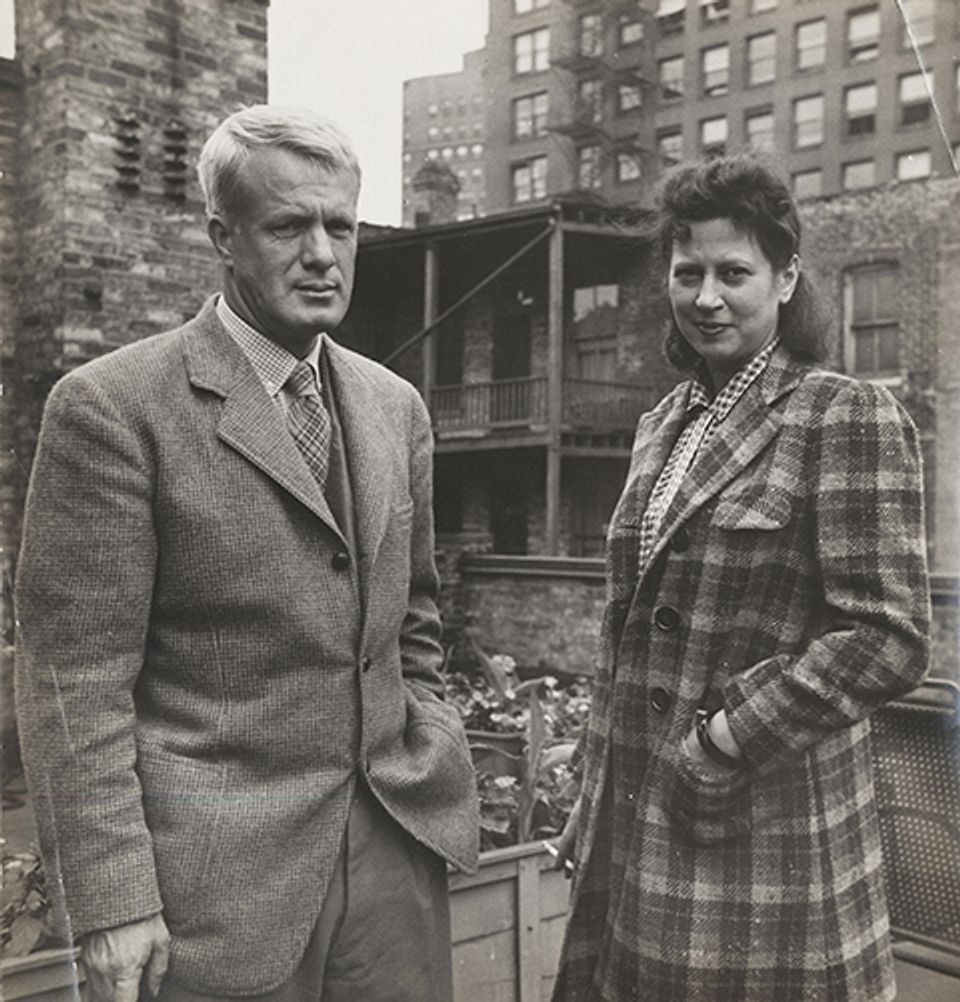“Yas,” as Kuniyoshi was affectionately known, enjoyed a large circle of friends and moved easily among artists who worked in a variety of styles. He was outgoing and congenial, whether interacting with his fellow artists professionally or socially. Here, we explore the personal and professional connections between Kuniyoshi and twenty-five of his artistic contemporaries.
Art Students League
“At the League my life began to take on a real meaning. . . . I had a great hunger for friends and companionship as a natural reaction to my lonely wanderings. At the League I found the warmth and kindness which I sorely needed.”
—Yasuo Kuniyoshi
The Art Students League in New York has been an essential institution in shaping the minds of young artists and the direction of their creative practice. Many of America’s foremost modernists—including Kuniyoshi—were drawn by its open enrollment and strong reputation for mentorship by established artists. Kuniyoshi attended the League from 1916 to 1920, and later became a notable teacher there. As a student his one instructor was Kenneth Hayes Miller, whose emphasis on old-master works would greatly influence his painting. In Miller’s classes Kuniyoshi met many of the artists who would form his inner circle, including Peggy Bacon, Alexander Brook, Reginald Marsh, and Katherine Schmidt, whom he later married.
Explore Kuniyoshi's Circle
Explore Kuniyoshi's Circle
Ogunquit
In the early twentieth century, Ogunquit was a small fishing town along Maine’s coastline that was home to an art colony. Hamilton Easter Field, a notable figure in the art world, established the Summer School of Graphic Arts in Ogunquit and purchased a row of shacks along Perkins Cove that he rented to artists as studios during the summers.
Field was a collector of Japanese art, and he first encountered Kuniyoshi’s work at the 1917 Society of Independent Artists exhibition; deeply impressed by his potential, Field invited the young artist to Ogunquit that summer. Impelled by the rich offerings of Maine’s coastal and pastoral landscapes, Kuniyoshi returned year after year with Katherine Schmidt—the couple even married there in 1919. During those summers, Kuniyoshi would frequently gather with other artist friends from Field’s circle (Robert Laurent and Walt Kuhn, for example) at parties and sketching sessions.
Kuniyoshi’s work was heavily influenced at this time by Field’s collection of folk art and by the local flora and fauna—most notably the cow. The time Kuniyoshi spent in this colony was essential to his aesthetic development and featured significantly in his artwork in the early 1920s.
Explore Kuniyoshi's Circle
Explore Kuniyoshi's Circle
New York City
“American art was just beginning to be something. You don’t realize what a struggle it was. There was only the Academy, Speicher, Dasburg. A whole group of people was coming up. . . . But there was a ferment going on there because people had been in France and had been influenced by the Impressionists and also later developments.”
–Katherine Schmidt
In the early twentieth century, artist organizations such as the Penguin Club and the Salons of America were extremely influential in shaping the direction of modern art in the United States. These associations were formed in New York City—the hub of aesthetic development. Kuniyoshi was integral to such groups both as a member and in leadership roles. Remarkable group portraits, such as Peggy Bacon’s Ardent Bowlers (1932), illustrate the social activities of these organizations. His involvement with these groups signaled his status as a leading American artist, and later his allegiance to the United States during World War II. After the bombing of Pearl Harbor on December 7, 1941, like other people of Japanese heritage in America, Kuniyoshi was classified an “enemy alien.” But his affiliation with arts organizations and friendships with some of the most highly recognized American artists reinforced his integration into American culture. Other artists of Japanese descent such as Chuzo Tamotzu, Sakari Suzuki, and Leo Amino also joined Kuniyoshi in signing a Declaration of Loyalty issued by the Committee of Japanese Artists Resident in New York City on December 12, 1941.
“Around this time Louis Bouché introduced Alexander Brook and myself to the Penguin Club. I was terribly excited to be asked to show my work there along with such artists as Kuhn, Weber, Pascin and several other noteworthy painters. This small but fertile group helped to establish the roots of contemporary American painting. Considered rebels of their time they waged a vigorous battle against conservatism with might and humor. We knew how to play and enjoy ourselves in those days.”
–Yasuo Kuniyoshi
“First, we must be prepared to defend our own freedom as artists. Second, and most important of all, in spite of the grave threats looming all over the world, we must hold firmly with all those who believe in and encourage freedom of expression and democratic principles, so that—for them and with them—we may continue to create a great American art.”
—Yasuo Kuniyoshi
Explore Kuniyoshi’s Circle
Woodstock
Woodstock, a small place in the foothills of the Catskills, is a good place to live. I have a home there and like to go up early in the spring and stay until Thanksgiving—about six months. Many of my friends are there and when I don’t feel like working I go out and have a good time. We have a gallery where we can all show our work and fight over it and have great pleasure in so doing. . . . It is a good place to work, too. Life is very simple and you can always get models, materials, studios and other necessary things, at short notice—also an audience. . . . I believe artists should always exchange ideas because they gain a great deal from each other. Everybody has a good time in Woodstock.”
—Yasuo Kuniyoshi
Woodstock was an important arts community throughout Kuniyoshi’s life. He first visited Woodstock, New York, in 1918 to take a summer class at an Art Students League outpost there. He and Katherine Schmidt later built a home in the artists’ colony in 1929. Eugene Speicher, a prominent figure in Woodstock at the time, took Kuniyoshi under his wing. Social with other artists, Kuniyoshi often participated in weekly poker games with Speicher, Henry Mattson and Konrad Cramer where they would discuss their art and aesthetic issues. In 1938, LIFE magazine featured a photo spread on the artists who lived and worked there.














